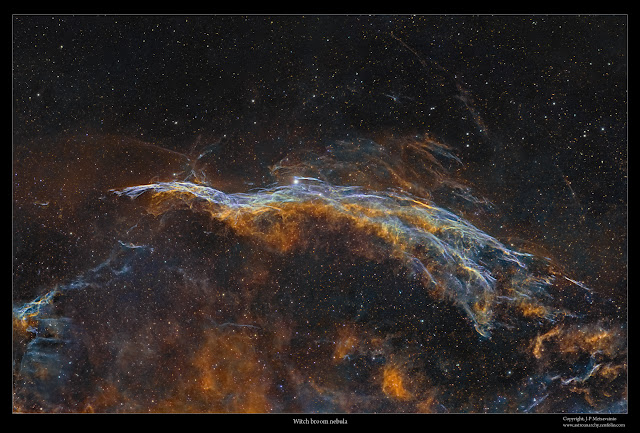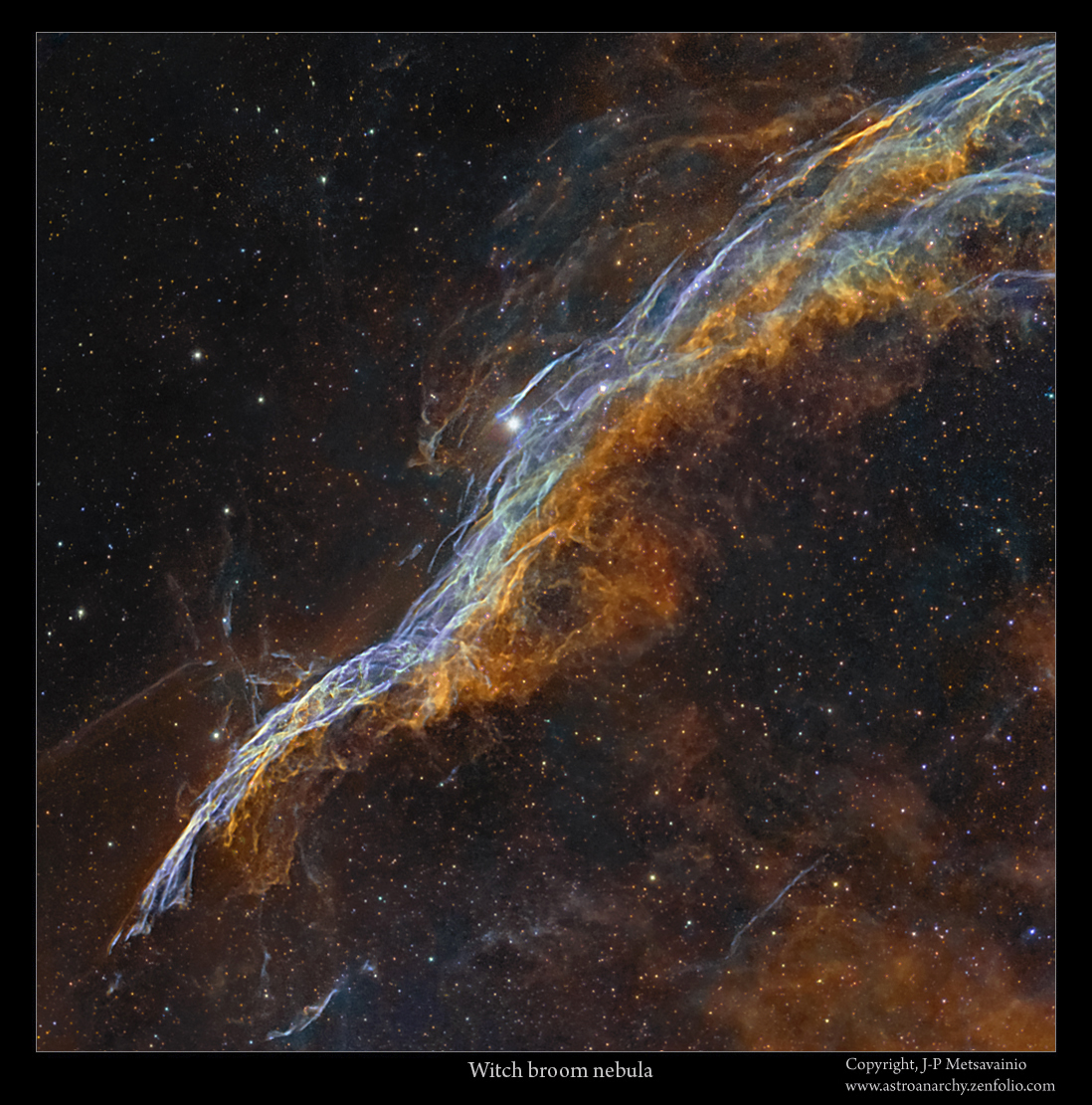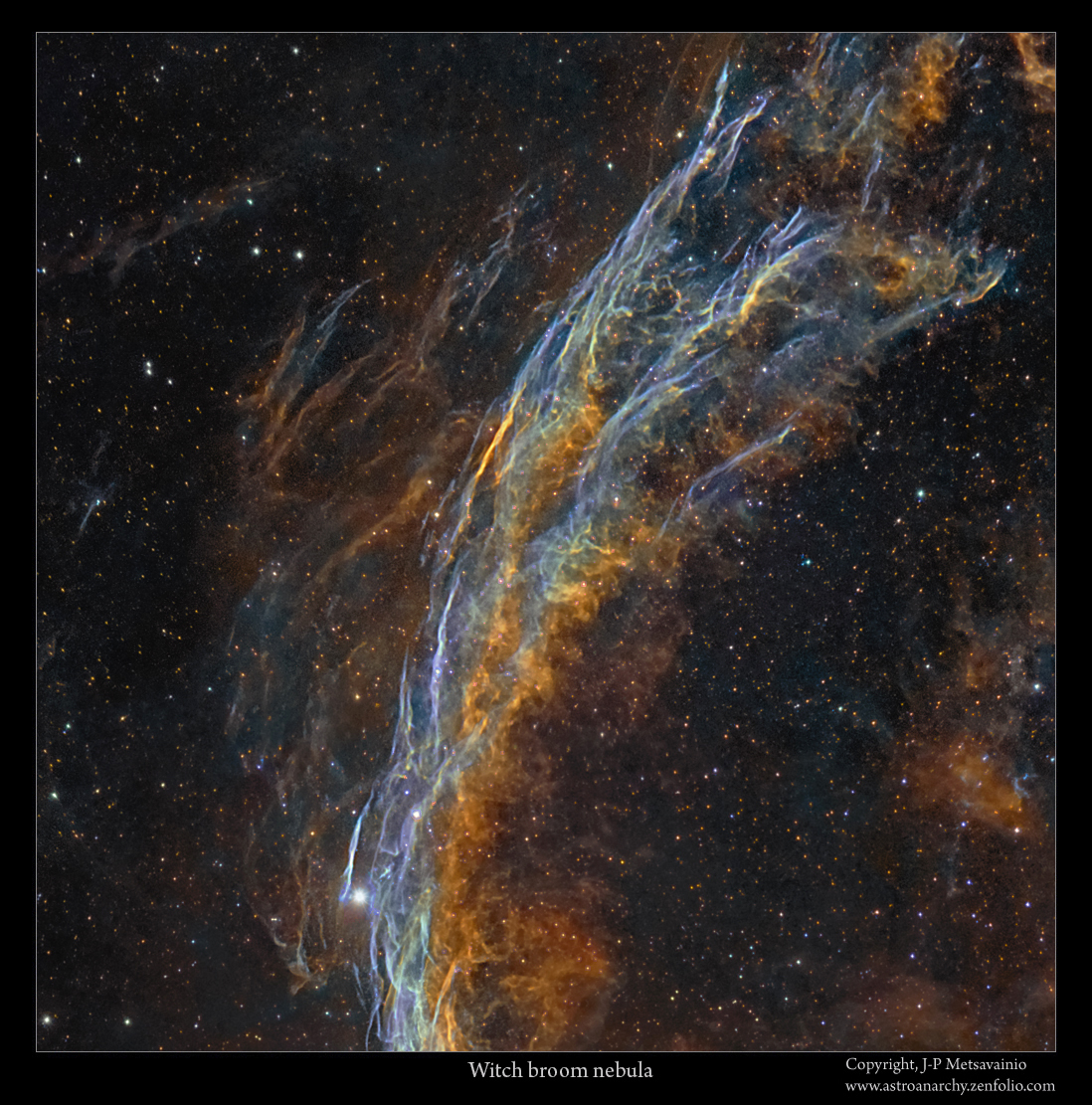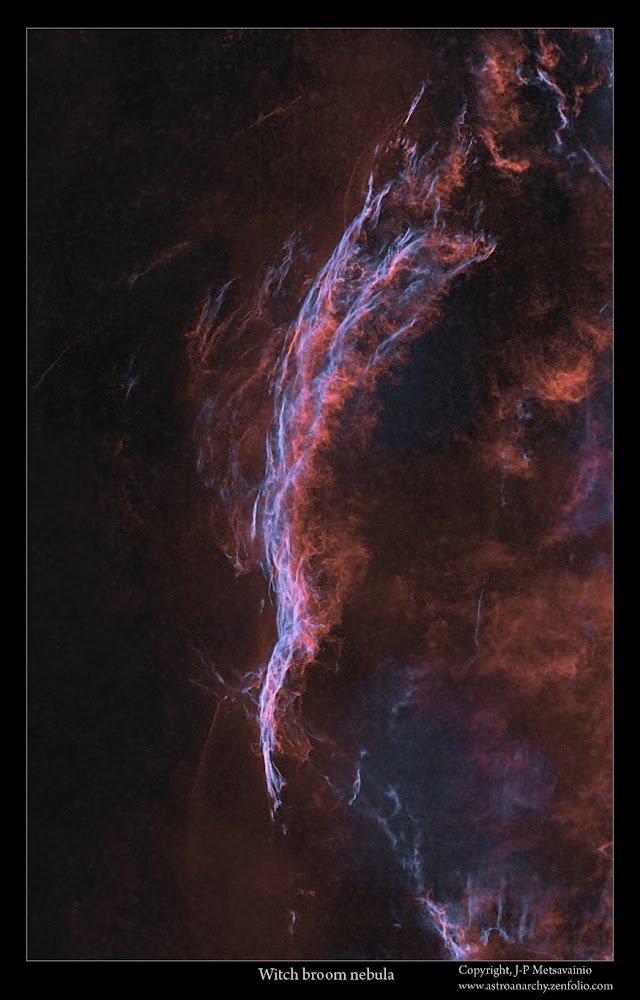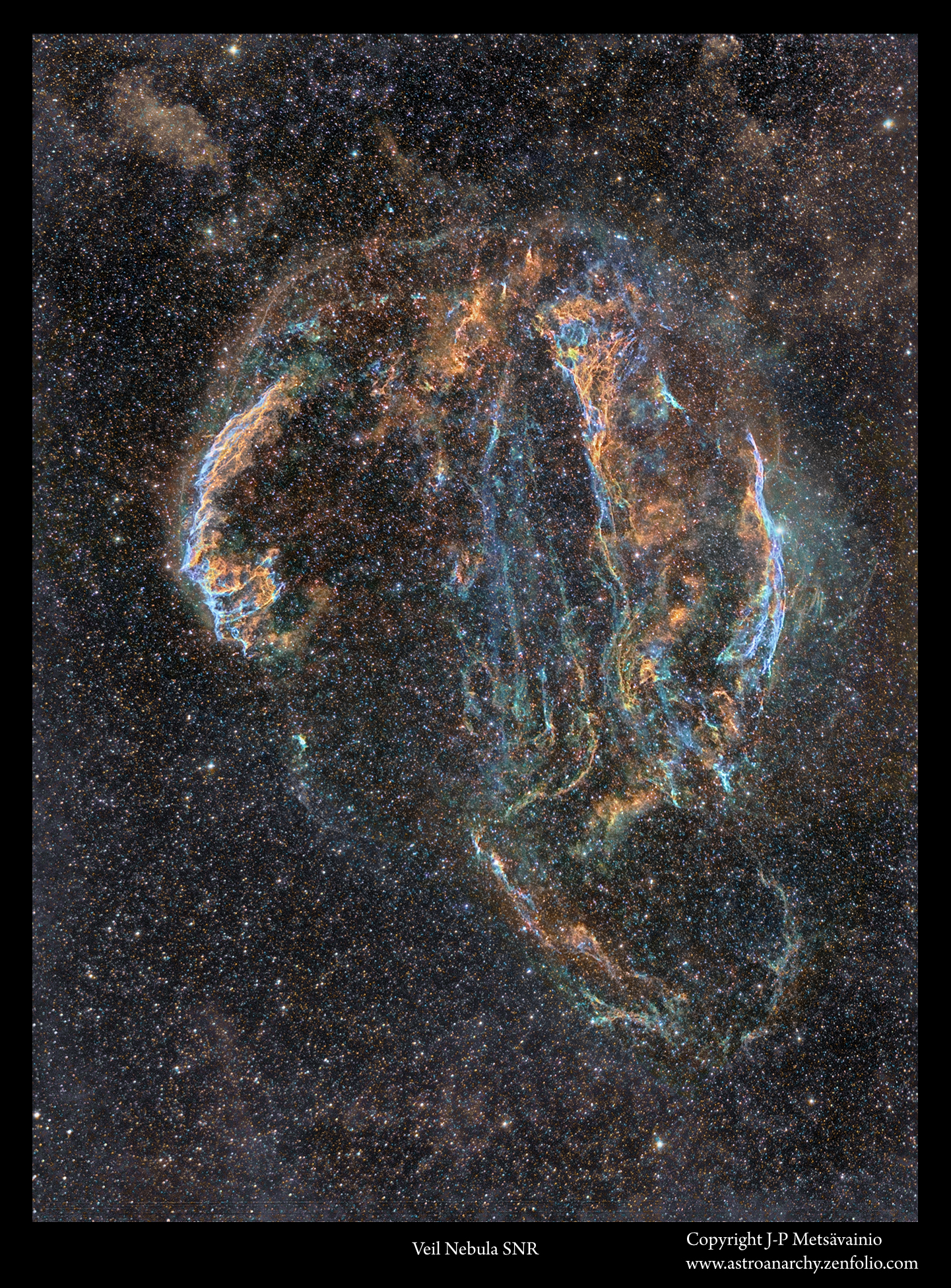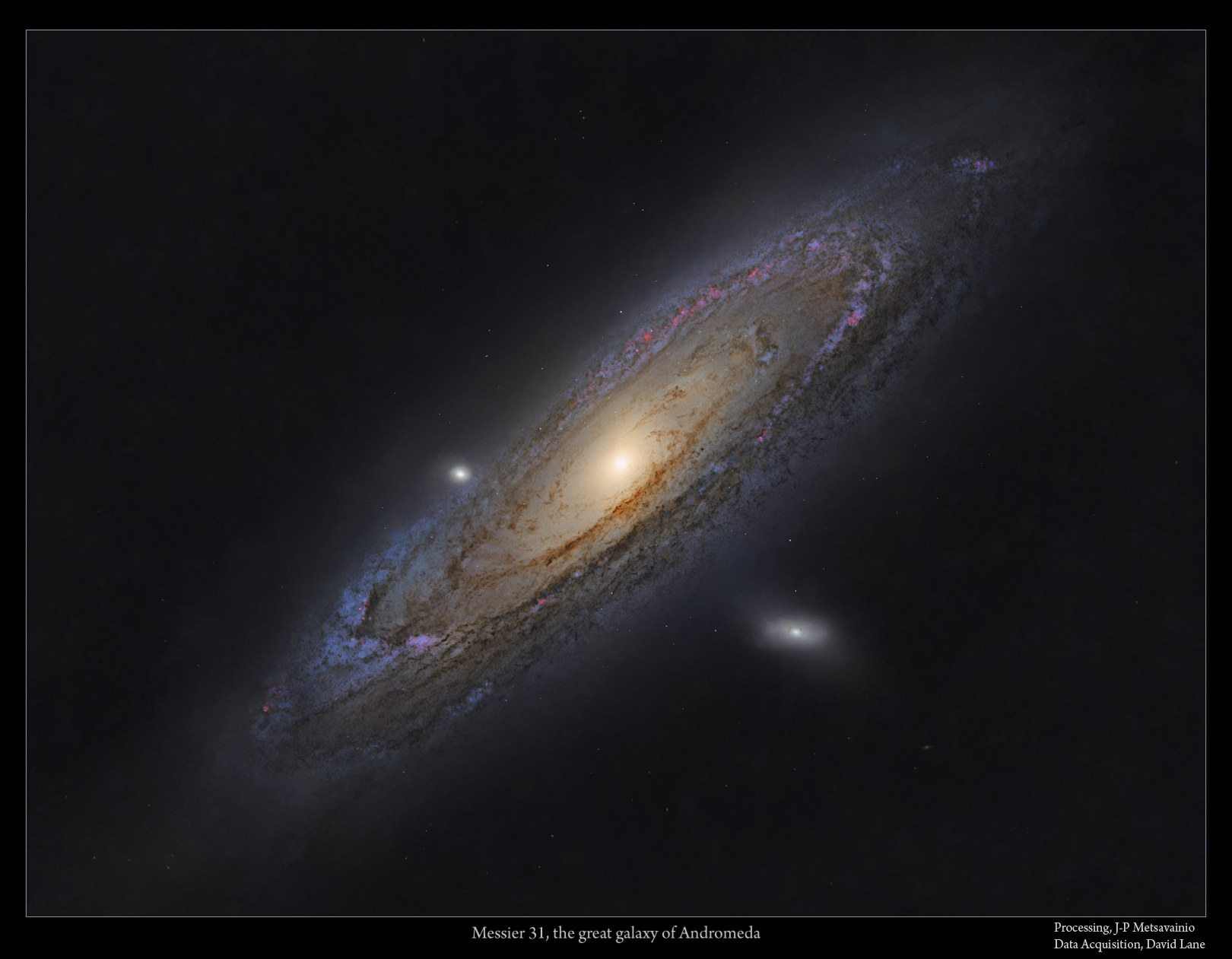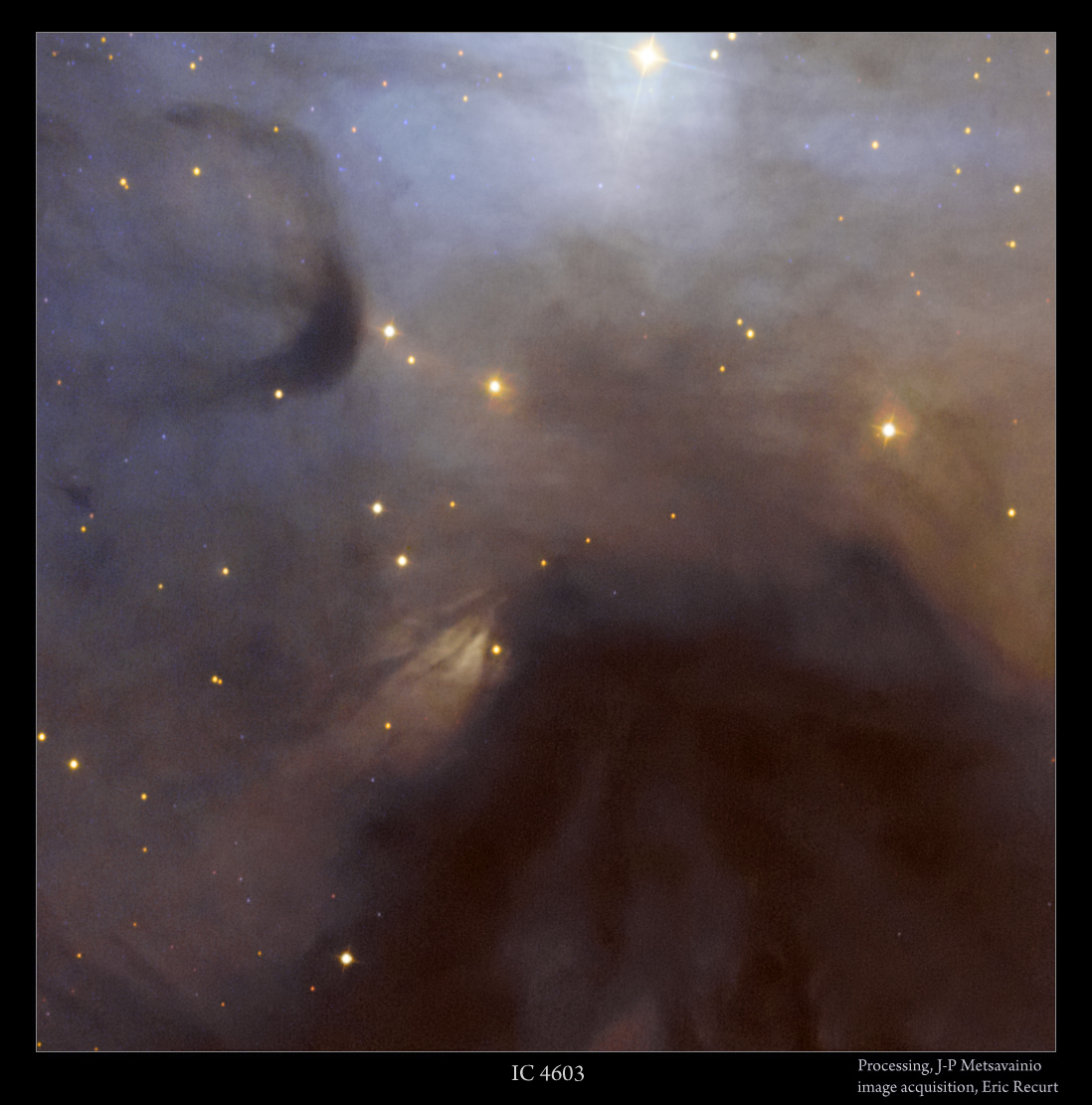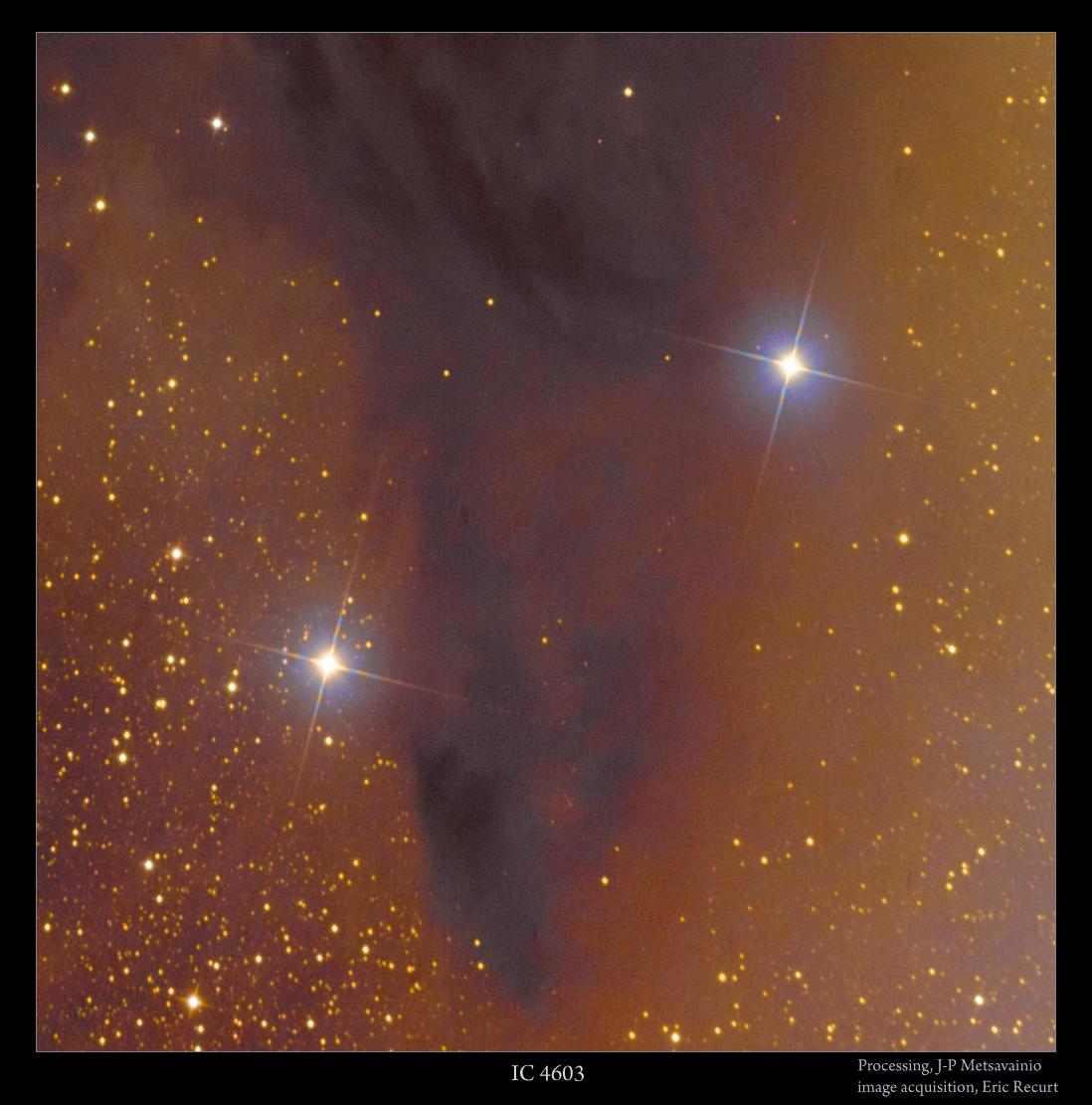COPYRIGHT, PLEASE NOTE
All the material on this website is copyrighted to J-P Metsavainio, if not otherwise stated. Any content on this website may not be reproduced without the author’s permission.
Have a visit in my portfolio
PORTFOLIO:https://astroanarchy.zenfolio.com/
Friday, October 16, 2015
Panhellenic Conference of Astronomy, Sparta Greece, October 2015
I was invited as one of the speakers to the 9th Panhellenic Conference of Astronomy in Sparta Greece.
The Conference in Sparta was a great experience! This was the most active, high quality, warm hearted and one of the most well organized conference I have ever participated. I really enjoy to talk with the same minded people. I'm nov a Spartan for life! Thanks to Organizing committee of the 9th P.S.E.A.
Here is a list of the invited speakers
Dr.Ioannis - Hugh Seiradakis Professor of the Physics Department of AUTH
J-P Metsavainio Finnish astrophotographer
The Dr.Fiori Anastasia Metallinou is an associate of the Institute of Astronomy, Astrophysics, Space Applications and Remote Sensing of the National Observatory of Athens.
Dr.Kosmas gauze is Lecturer of the Department of Astrophysics, Astronomy and Mechanics, University of Athens

One of my talks in the conference about astrophotography
A group photo
Beside the conference we spent lots of time together.
Here are some photos of typical Greece activity to enjoy.
I can't speak highly enough about the food and hospitality in Greece!

First evening eating out in Sparta, weather and people are so warm!

Eating out

Eating out again, me at front left talking with the Dr.Ioannis - Hugh Seiradakis Professor of the Physics Department of AUTH
After the Sparta conference I went to the Athens
Beside normal touristic activities I had a wonderful dinner party with astrophotographers in Athens area.
At the last day I got the private VIP tour to the Historical National Observatory of Athens by the Ph.D of Astronomy, Fiori-Anastasia Metallinou
Some pictures from the visit


Ph.D of Astronomy, Fiori-Anastasia Metallinou

A beautiful model of the Antikythera mechanism
Multitalent person, Astronomy meets Art

The Dr.Fiori Anastasia Metallinou has also studied opera at the School of State Conservatory of Thessaloniki. She gave us a beautiful concert at the last day of the Sparta conference.
(The background photo show is from me.)

Sunday, October 4, 2015
Barnard 72, the Snake Nebula
A new image produced as a collaboration with me and Eric Recurt. The data is shot from his observatory at Tenerife. The Observatory locates at 2400 m altitude and at 28 degrees North. The site has excellent seeing conditions, 0.8 " on average and can be below 0.3 "
Barnard 72
You better click the image to see it in full glory! (2100 x 1600 pixels, 6,5MB)
The Snake Nebula, Barnard 72, lays at front of a very dense starfield of our Milky Way
A full resolution closeup, click for a large image
INFO
The Snake Nebula (also known as Barnard 72) is a dark nebula in the Ophiuchus constellation at a distance of about 650 light years. Barnard 72 lays at front of the Milky Way star clouds from the north-north-west edge of the bowl of the Pipe Nebula.
Technical details
Processing workflow
Deconvolution with a CCDStack2 Positive Constraint, 23 iterations, added at 33% weight
Color combine in PS CS3
Levels and curves in PS CS3.
Imaging optics
340mm F3.3 astrograph
Mount
ASA DDM 85
Cameras and filters
FLI PL 16803
Exposure times
Luminance, 40 min.
Red = 15 min.
Green = 15 min.
Blue = 15 min.
Total 1h 25min
Labels:
nebula
Thursday, October 1, 2015
A new image, the Witch's Broom Nebula
This is my second photo for this season from my observatory. It's a detail of the veil nebula supernova remnant, as was my first light photo for this Autumn season, the Pickering's Triangle. This is a two frames mosaic image, exposed on several nights between September 10. - 27. 2015. Total exposure time is about 11h.
NGC 6960, the Witch's Broom Nebula
Click for a large image, 2200 x 1500 pixels and 2,3MBA two frame mosaic of the Veil Nebula supernova remnant, the Witch's Broom Nebula in mapped colors. Colors are from the emission of the ionized elements, Hydrogen, Sulfur and Oxygen.
S-II = Red, H-alpha = Green and O-III = Blue.
Close up images
Click for a large image
A starless image
Click for a large image
An experimental starless version to show the structure of the filaments better.
Visual colors
Click for a large image
Natural color composition from the emission of ionized elements.
This composition is very close to a visual spectrum.
Witch's broom in light of an ionized oxygen only
Click for a large image
This image shows the Witch's Broom in Light of an ionized oxygen, O-III, alone.
A wide field photo of the Veil Nebula supernova remnant
The Witch's Broom Nebula can be see at three o'clock position.
My blog post about this older wide field shot can be seen HERE.
Technical details
Processing work flow
Image acquisition, MaxiDL v5.07.
Stacked and calibrated in CCDStack2.
Deconvolution with a CCDStack2 Positive Constraint, 21 iterations, added at 25% weight
Color combine in PS CS3
Levels and curves in PS CS3.
Imaging optics
Celestron Edge HD 1100 @ f7 with 0,7 focal reducer for Edge HD 1100 telescope
Mount
10-micron 1000
Cameras and filters
Imaging camera Apogee Alta U16 and Apogee seven slot filter wheel
Guider camera, Lodestar x2 and SXV-AOL
Astrodon filter, 5nm H-alpha
Astrodon filter, 3nm O-III
Astrodon filter, 3nm S-II
Exposure times
H-alpha, 15 x 1200s = 5h
O-III, 36 x 1200s binned = 5h (Autumn 2014)
S-II, from my older wide field photo of the Veil Nebula = 1h
Total 11h
Labels:
Narrowband color images,
nebula
Friday, September 25, 2015
Astro Anarchy gets published
The Cnet published an article about Messier 31, the Great galaxy of Andromeda, photo.
Photo of Messier 31 is produced by collaboration between David Lane and me.
You can read the Cnet article by Michelle Starr from
The Wired noticed us too
Ten must-read articles for 25 September
Our photo is number five on the list
Labels:
publications
Thursday, September 24, 2015
Messier galaxies, M81-M82, with integrated flux nebula
A new collaboration image with David Lane. Beside beeing a deep sky astrophotographer he is also a master of landscape astrophotographing, please, have a look at his homepage: http://www.davelaneastrophotography.com/
Image acquisition is made by David Lane. He sent a massive amount of data to me to process and here is the result, Messier galaxies 81 and 82 with a large amount of dim integrated flux nebula at front of them.
Total exposure time is around 40 hours with the William Optics GT81 telescope and SBIG STL-1100 3 CCD-camera.
Total exposure time is around 40 hours with the William Optics GT81 telescope and SBIG STL-1100 3 CCD-camera.
Messier 81 and 82 with an integrated flux nebula
Click for a large photo
So dusty, don't they ever clean up there...
An experimental starless photo
Click for a large photo
Brighter dots in this starless image are more distant galaxies
A horizontal composition
Click for a large photo
A better resolution photo
Technical details
Data acquisition, David Lane
Image processing, J-P Metsavainio
Processing workflow
Deconvolution with a CCDStack2 Positive Constraint, 27 iterations, added at 33% weight
Color combine in PS CS3
Levels and curves in PS CS3.
Imaging optics
William Optics GT81
Camera
SBIG STL-1100 3 CCD
Exposure times
Total ~40h
Labels:
galaxy images
Wednesday, September 23, 2015
Messier 31, M31, the Great Galaxy of Andromeda
Another collaboration image, this time with David Lane. He is also a master of landscape astrophotographing, please, have a look at his homepage: http://www.davelaneastrophotography.com/
Image acquisition is made by David Lane. He sent a massive amount of data to me to process and here is the first result, the Great Galaxy of Andromeda with 37 hours of exposure time.
Messier 31, M31, the Galaxy of Andromeda
Click for a large image
A deep H-alpha boosted LRGB exposure of the Galaxy of Andromeda
Large resolution detail from the image above
Click for a large image
Dust lanes of Andromeda
A starless view
Click for a large image
This photo shows the M31 as it was seen just outside of our home galaxy, the Milky way. All the stars in the first photo are located in Our galaxy at maximum distance of few tens of thousands light years. M31 lies at distance of about 2.5 million light years. There is 2.5 million light years of nothing between us and Messier 31. Dim dots at the starless image are more distant galaxies and some hundred of globular cluster associated to M31 galaxy .
A vertical composition of M31
A poster format view to the M31
INFO
The Andromeda Galaxy, also known as Messier 31, M31, or NGC 224, is a spiral galaxy approximately 2.5 million light years from Earth. It is the nearest major galaxy to the Milky Way.
The Milky Way and Andromeda are expected to collide in 3.75 billion years, eventually merging to form a giant elliptical galaxy or perhaps a large disk galaxy.
At 3.4, the apparent magnitude of the Andromeda Galaxy is one of the brightest of any of the Messier objects, making it visible to the naked eye on moonless nights even when viewed from areas with moderate light pollution. It has an apparent diameter of six times as wide as the full Moon
An experimental test
This funny looking image is just stretched vertically to try to show the actual round shape of the galaxy.
It looks like a barred spiral to me.
Technical details
Data acquisition, David Lane
Image processing, J-P Metsavainio
Processing workflow
Deconvolution with a CCDStack2 Positive Constraint, 27 iterations, added at 33% weight
Color combine in PS CS3
Levels and curves in PS CS3.
Imaging optics
William Optics GT81
Camera
SBIG STL-1100 3 CCD
Exposure times
Luminance, 18h
H-alpha, 1h
Red = ~6h
Green = ~6h
Blue = ~6h
Total 37h
Labels:
galaxy images
Thursday, September 17, 2015
APOD by NASA, Astro Anarchy gets published
Astronomy Picture of the Day
My shot of the Pickering's Triangle in Veil Nebula was selected today as an APOD (Astronomy Picture of the Day) by NASA. You can see the NASA page here: http://apod.nasa.gov/apod/ap150917.html
Pickering's Triangle
Be sure to click for a large image!
Be sure to click for a large image!
INFO
Original blog post about this image, with technical details, can be seen here:
You can buy a real, museum quality, photographic print from HERE
This is my eighth APOD, older ones can be seen here:
http://apod.nasa.gov/apod/ap141115.html
http://apod.nasa.gov/apod/ap131214.html
http://apod.nasa.gov/apod/ap110218.htmlhttp://apod.nasa.gov/apod/ap141115.html
http://apod.nasa.gov/apod/ap131214.html
Labels:
publications
Tuesday, September 15, 2015
Pickering's Triangle, my first light for the Autumn season 2015
This is my opening photo for the Autumn season 2015. I started this imaging project a year ago, at Autumn 2014. Back then I shot 12h of the light form an ionized oxygen, O-III. This is a two frame mosaic of the Veil Nebula supernova remnant. This Autumn I shot 5h of light from an ionized hydrogen, H-alpha. I was able to make a Hubble palette image by using the S-II from my older wide field photo of the Veil Nebula.
Pickering's Triangle
Be sure to click for a large image!
Part of the two frame mosaic of the Veil Nebula supernova remnant, the Pickering's Triangle.
Colors are from the ionized elements, Hydrogen, Sulfur and Oxygen.
S-II = Red, H-alpha = Green and O-III = Blue.
(A content of this O-III image can be seen as a blueish color at image above.)
Pickering's Triangle in light of an ionized oxygen, O-III, alone.
A closeup
Click for a large image
A less zoomed version
Click for a large image
The whole two frame mosaic
Click for a large image
A two frame mosaic of the Pickering's Triangle
A wide field photo of the Veil Nebula supernova remnant
The Pickering's Triangle can be see at one o'clock position.
My blog post about the wide field shot can be seen HERE.
Technical details
Processing work flow
Image acquisition, MaxiDL v5.07.
Stacked and calibrated in CCDStack2.
Deconvolution with a CCDStack2 Positive Constraint, 33 iterations, added at 33% weight
Color combine in PS CS3
Levels and curves in PS CS3.
Imaging optics
Celestron Edge HD 1100 @ f7 with 0,7 focal reducer for Edge HD 1100 telescope
Mount
10-micron 1000
Cameras and filters
Imaging camera Apogee Alta U16 and Apogee seven slot filter wheel
Guider camera, Lodestar x2 and SXV-AOL
Astrodon filter, 5nm H-alpha
Astrodon filter, 3nm O-III
Astrodon filter, 3nm S-II
Exposure times
H-alpha, 15 x 1200s = 5h
O-III, 36 x 1200s binned = 12h (Autumn 2014)
S-II, from my older wide field photo of the Veil Nebula = 3h
Total 20h
Labels:
Narrowband color images,
nebula
Tuesday, September 8, 2015
IC 4603, at the core of the colorful Scorpion
This is a third image produced as a collaboration with me and Eric Recurt. The data is shot from his observatory at Tenerife. The Observatory locates at 2400 m altitude and at 28 degrees North. The site has excellent seeing conditions, 0.8 " on average and can be below 0.3 "
IC 4603, the core region of the Rho Ophiuchi complex in the constellation Scorpion
Click for a full size image
This is a broadband LRGB natural color image of the IC 4603 from a remote observatory in Tenerife.
Full scale closeups
Click for a full size image
Technical details
This is a broadband LRGB natural color image of the IC 4603 from a remote observatory in Tenerife.
Full scale closeups
Click for a full size image
Technical details
Processing workflow
Deconvolution with a CCDStack2 Positive Constraint, 27 iterations, added at 33% weight
Color combine in PS CS3
Levels and curves in PS CS3.
Imaging optics
340mm F3.3 astrograph
Mount
ASA DDM 85
Cameras and filters
FLI PL 16803
Exposure times
Luminance, 10 x 300s
Red = 10 x 180s
Green = 9 x 180s
Blue = 8 x 180s
Total 2h 11min
Labels:
nebula
Subscribe to:
Posts (Atom)



